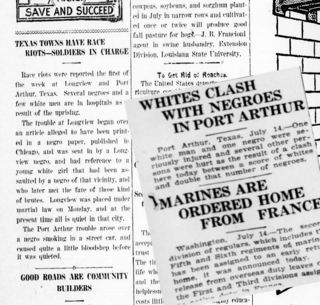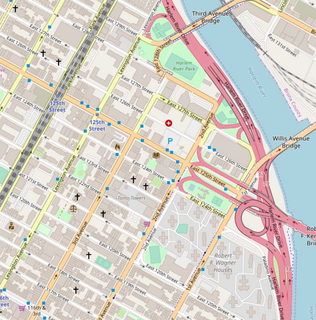See also
- List of incidents of civil unrest in the United States
- List of riots (notable incidents of civil disorder worldwide)
The following are lists which pertain to incidents of civil unrest and political violence in the United States sorted alphabetically by city.
Mass racial violence in the United States, includes ethnic conflict and race riots, can include such events as:
The Western League was the name of several minor league baseball leagues that operated between 1885 and 1899. These leagues were focused mainly in the Midwestern United States.

The term Know-Nothing Riot has been used to refer to a number of political uprisings of the Nativist American Know Nothing Party in the United States of America during the mid-19th century. These anti-immigrant and anti-Catholic protests culminated into riots in Philadelphia in 1844, St. Louis in 1854, Cincinnati and Louisville in 1855, Baltimore in 1856, Washington, D.C. and New York in 1857, and New Orleans in 1858.
1968 riots may refer to:
Riots often occur in reaction to a perceived grievance or out of dissent. Riots may be the outcome of a sporting event, although many riots have occurred due to poor working or living conditions, government oppression, conflicts between races or religions.
The 1968 New York City riot was a disturbance sparked by the assassination of Martin Luther King on April 4, 1968. Harlem, the largest African-American neighborhood in Manhattan was expected to erupt into looting and violence as it had done a year earlier, in which two dozen stores were either burglarized or burned and four people were killed. However, Mayor John Lindsay traveled into the heart of the area and stated that he regretted King’s wrongful death which led to the calming of residents. Numerous businesses were still looted and set afire in Harlem and Brooklyn, although these events were not widespread and paled in comparison to the riots in Washington D.C., Baltimore, and Chicago in which federal troops were needed to quell the disorders.

The Baltimore riots of 1919 were a series of riots connected to the Red Summer of 1919. As more and more African-Americans moved from the south to the industrial north they started to move into predominantly white neighborhoods. This change in the racial demographics of urban areas increased racial tension that occasionally boiled over into civil unrest.

The Port Arthur riot happened on July 15, 1919, in Port Arthur, Texas. Violence started after a group of white men objected to an African American smoking near a white woman on a street car. A "score" of whites and twice that number of African Americans battled in the streets leaving two seriously injured and dozens with minor injuries.

The Morgan County, West Virginia race riot of 1919 was caused by big business using African-American strikebreakers against striking white workers in Morgan County, West Virginia.

The Dublin, Georgia riot of 1919 were a series of violent racial riots between white and black members of Dublin, Georgia.

The Garfield Park riot of 1919 was a race riot that began in Garfield Park in Indianapolis, Indiana on July 14, 1919. Multiple people, including a seven-year-old girl, were wounded when gunfire broke out.

There were a number of race riots in Philadelphia during the 1919 Red Summer.

The New York race riots of 1919 developed with increasing racial tension and violent incidents in New York City. These riots were a part of the Red Summer, a series of violent terrorist attacks on black communities in many cities in the United States during the summer and early autumn of 1919. The New York race riots were caused by social tensions such as competition for jobs, politics, and racial tension. Many historians and scholars view these riots as the culmination of racial tensions which had been rising due to the migration of African Americans from the rural South to northern cities. Tensions developed partly due to the competition for jobs, which was worsened by the presence of African Americans workers who could replace striking White workers.

The term ghetto riots, also termed ghetto rebellions, race riots, or negro riots refers to summer social unrest across the United States in the 1960s, characterized by African American groups using violent tactics.

The George Floyd protests were a series of protests and civil unrest against police brutality and racism that began in Minneapolis on May 26, 2020, and largely took place during 2020. The civil unrest and protests began as part of international reactions to the murder of George Floyd, a 46-year-old African American man who was murdered during an arrest after Derek Chauvin, a Minneapolis Police Department officer, knelt on Floyd's neck for 9 minutes and 29 seconds as three other officers looked on and prevented passers-by from intervening. Chauvin and the other three officers involved were later arrested. In April 2021, Chauvin was found guilty of second-degree unintentional murder, third-degree murder, and second-degree manslaughter. Chauvin was sentenced to 22.5 years in prison with possibility of supervised release after 15 years for second-degree murder in June 2021.

An ongoing wave of civil unrest in the United States, triggered by the murder of George Floyd during his arrest by Minneapolis police officers on May 25, 2020, has led to riots and protests against systemic racism towards African Americans in the United States, such as in the form of police violence.